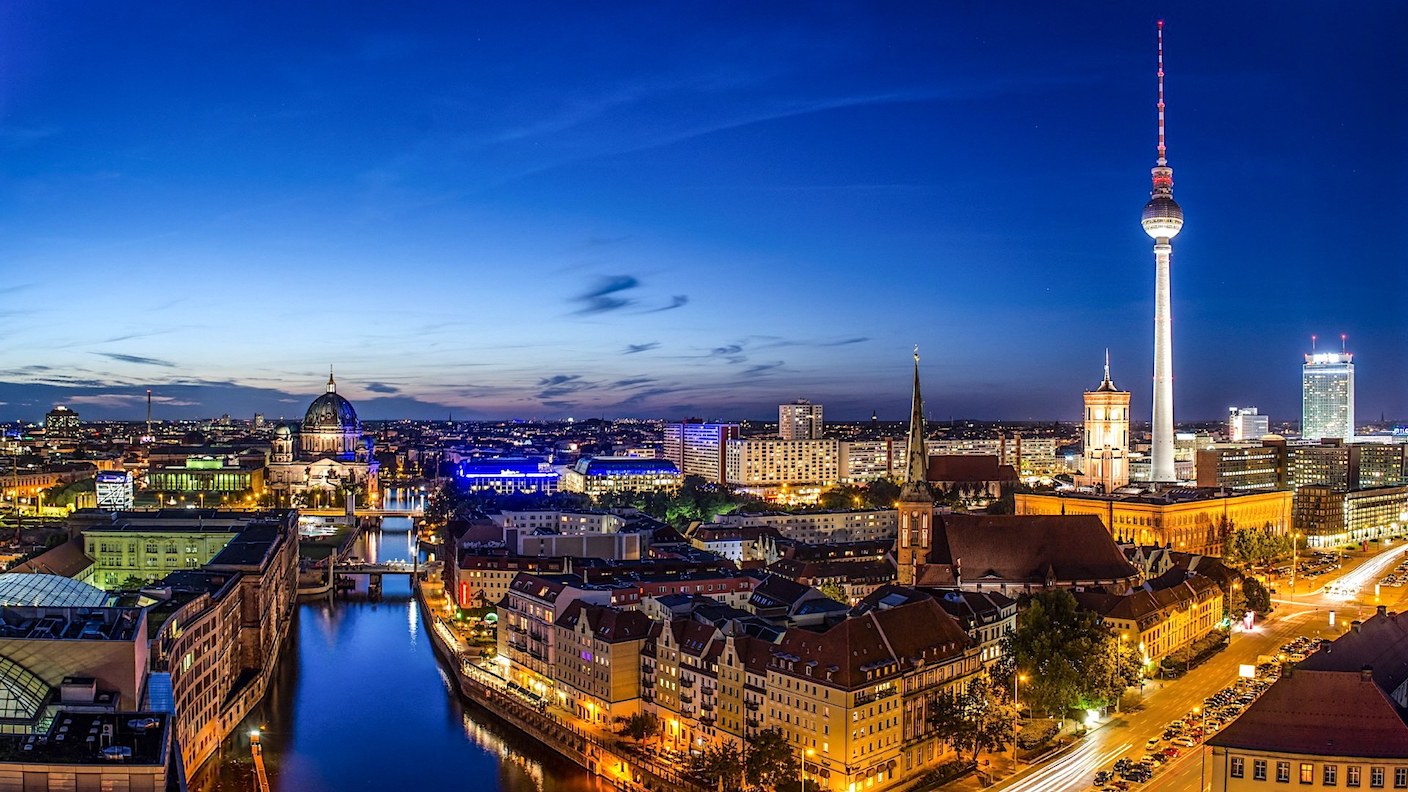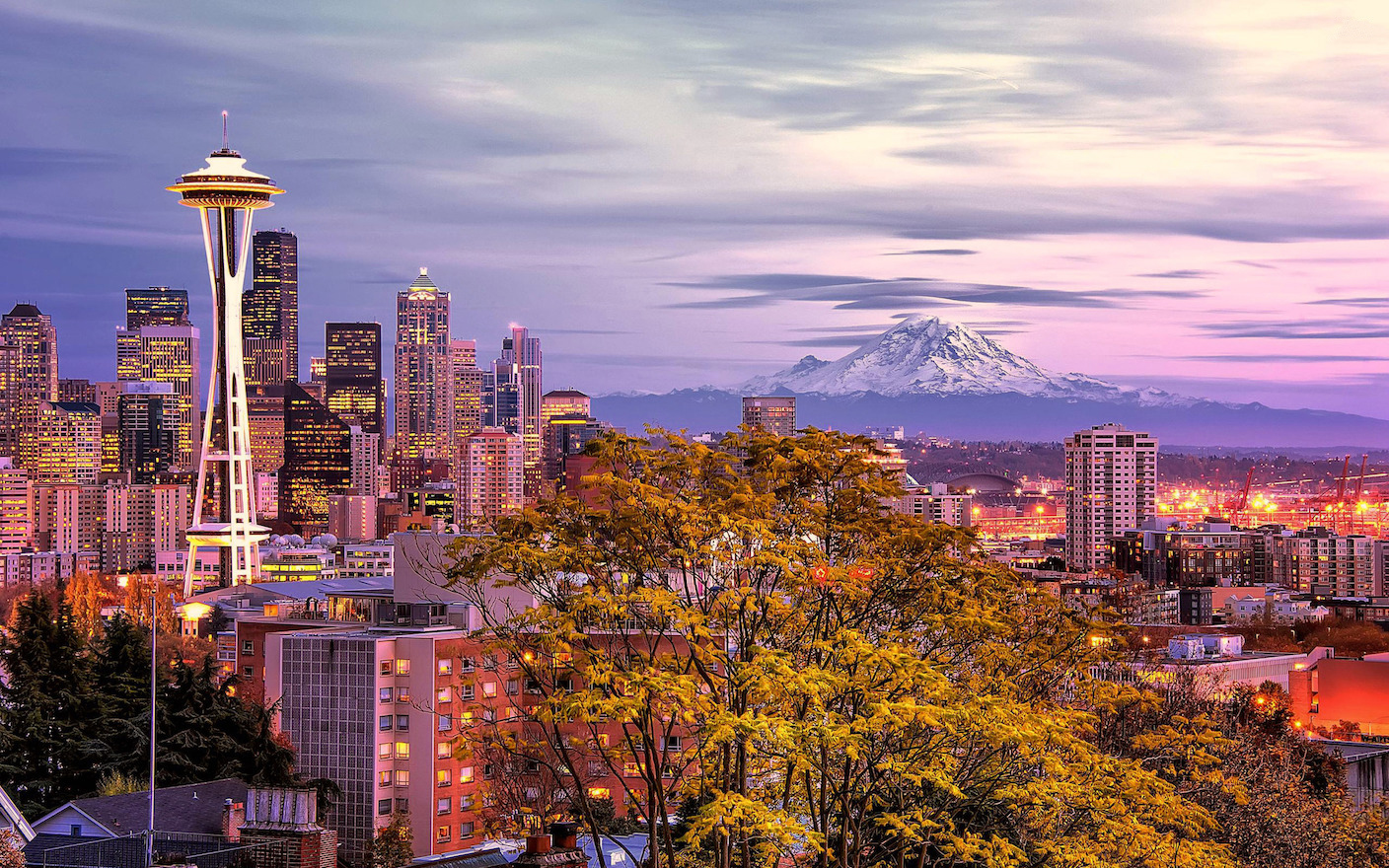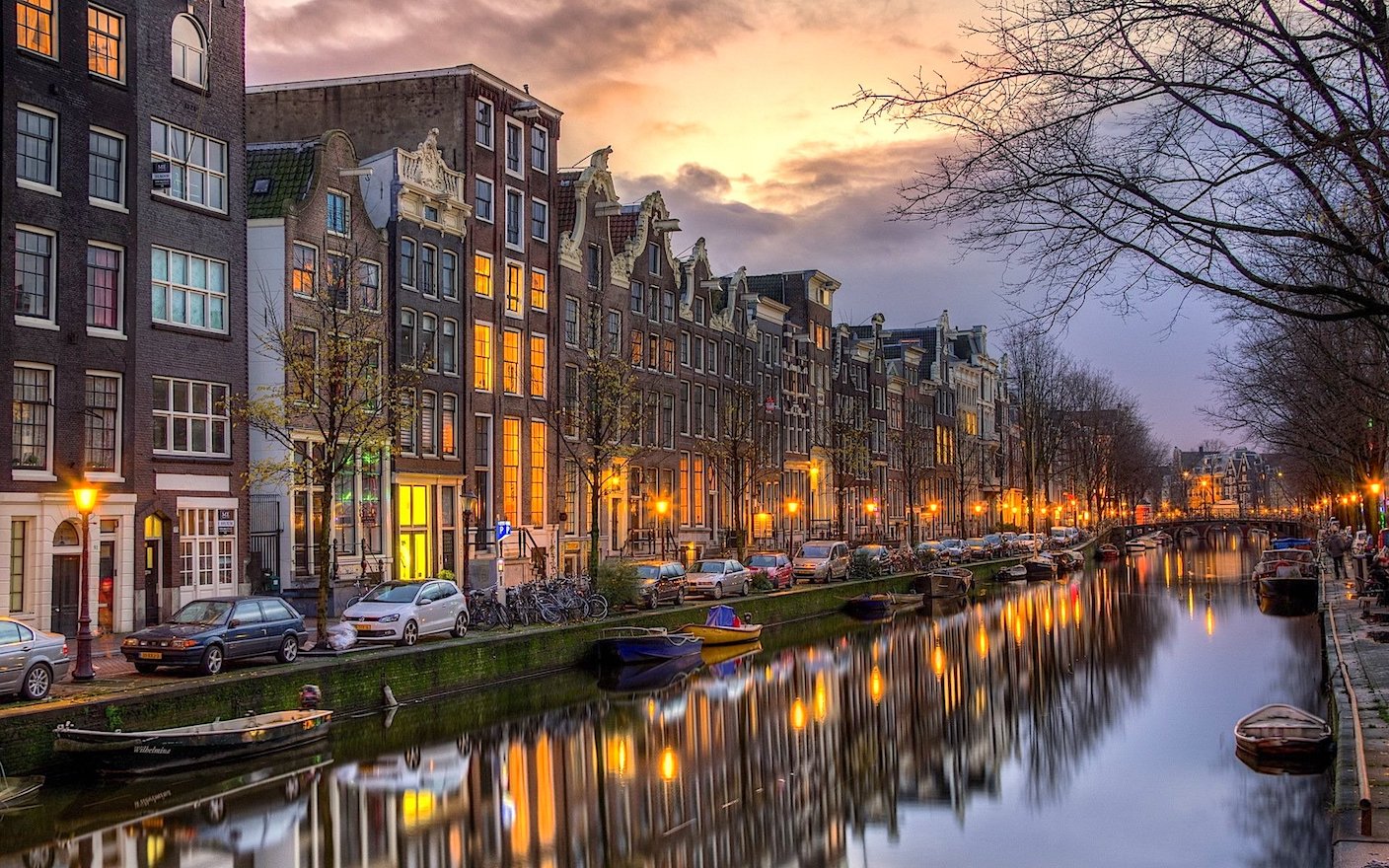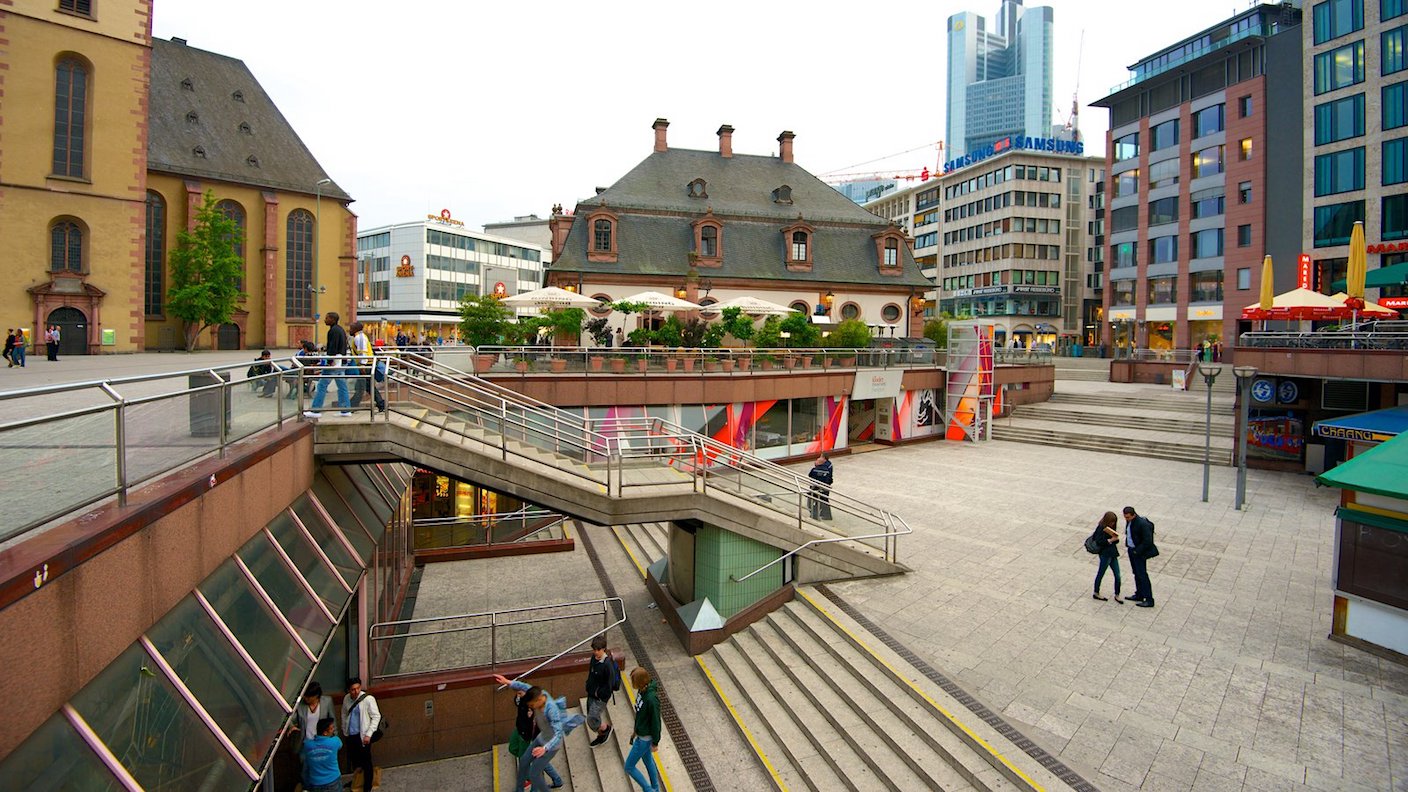There are key factors that attract investors, and by far location is the biggest influence. These key factors include: location of the property, valuation of the property, cash flow/profit opportunities, and investment scope—clear purpose of investment, and well-defined terms (short- vs. long-term). But location affects the valuation and cash flow/profit opportunities to a great degree.
Location, location, location
Global real estate investors typically have larger portfolios than local real estate investors, and thus put more emphasis on location, including the political situation, infrastructure, and zoning regulations. Another important factor is culture. Investors look critically at culture, lifestyle and openness of a potential location, or cultural assets and amenities as big drivers of city dynamics.
As a company that specializes in real estate transactions and development, and a subsidiary that provides urban planning and design services, the Urban Collaborative Group tracks the real estate industry at various levels. We look at local, state, regional, national and international movements in order to provide solid information for our clients. And international cities, like Berlin, one of the top producing cities, sets the pace for attracting real estate investors and developers.
BERLIN

Strong focus on business services
Berlin, like its counterparts in Europe, invests heavily in attracting top businesses around the globe. The Berlin economic development corporation, Berlin Partner of Business and Technology has a program that attracts companies by providing assistance with enterprise development and the transfer of technology with tailored service packages, including the use of a real estate portal to find suitable commercial spaces or sites for companies. A great example from a North American city is Denver, which works with the state to eliminate o refine rules and regulations for businesses, improving access to capital, branding the state as pro-business with high ethical and environmental standards, and heavy investments in infrastructure, high tech industries, and cultural assets.
DENVER

U.S. cities have gained global awareness through having a large share of their economies comprised of business services and financial services like Denver and Salt Lake City, but also cities without a strong international presence such as Philadelphia and Columbus. To name a few, major investors in Denver include Charles Schwab, relocating 45% of its people from San Francisco (nearly 1,300) to a 47-acre campus south of Denver; Google, expanding its $150 million office complex near Boulder; United Launch Alliance, beating out SpaceX for a $191 million Air Force satellite launch contract. Nevertheless, U.S. cities economic competitiveness depends on improving global reach, which is why more than 20 U.S. metropolitan areas have begun active international trade and investment programs in the past five years. San Diego and Denver are prominent examples of cities stepping up their approach to business clusters, global relationships and infrastructure capability.
The effects of innovation and how it attracts the brightest workforce
The innovation economy plays an important role in the future health of cities, and its effect creates an agglomeration of secondary and tertiary industries clustered together. Cities like Denver and Seattle must transform itself to accommodate growth for the demands of the new workforce. They must be prepared for disruptors like big data and the sharing economy, and plan for land use spaces that accommodate both living and workplace needs, while lowering barriers for more companies to foster entrepreneurship. Cities that have achieved this will be the first to gain international awareness as their businesses become traded globally. From software to life sciences to clean technology, many cities are learning that their capacity to leverage their knowledge assets and foster innovation is critical to their success.
SEATTLE

Institutions that monitor economic activity, such as the Colorado Office of Economic Development and International Trade, and Denver Metropolitan Economic Development Corporation, as well as private companies like CBRE and JLL, look at a group of indices that make a significant impact on driving innovation and knowledge workforce: universities and labor force credentials, and those that examine start-ups and commercial and R&D innovation.
The original focus of indices was used to examine the quality of the labor market for global firms. But now there is much more interest in how capable cities are at supporting digital and technology clusters, given the impact that these sectors have in shaping demand. These indices highlight not just skills, but also a conducive set of hard and soft factors, including good access to capital and to mentorship. Innovation and knowledge workforce clusters are conducive to creating both capital and seasoned entrepreneurs ready and willing to mentor.
JLL tracks the speed of change of a city’s economy and commercial real estate market, and identifies thirty cities and ranks them in the City Momentum index on the basis of 42 elements of a city’s dynamics, grouped into three main sub-indices:
• Socio-economic momentum – changes in GDP, population, air passengers, corporate headquarters and foreign direct investment (FDI)
• Commercial real estate momentum – changes in absorption, construction, rents, investment volumes and real estate transparency covering office, retail and hotel sectors
• High level incubators – a city’s ability to maintain momentum over long-term changes in terms of education, innovation and the environment
Some elements of the knowledge and innovation economy are easier to evaluate than others. Indices that measure talent pools and innovation systems are common; however, focusing on the capabilities of science and technology are superior when there are no issues with data availability and comparability. There are a number of medium-sized cities that combine quality institutions, specialized industry knowledge and a capacity to incubate ideas that generate value in order to build advanced innovation economies. San Francisco, Boston, Toronto and Berlin stand out. Their institutional depth and networks, along with their supportive regulatory and living conditions, have enabled these cities to become truly world-class centers of innovation.
AUSTIN

Austin has emerged as the standout tech city in North America and perhaps the world since 2012. The Texan city comes top of more than one global study and is first in the Kaufman index of start-up activity in the United States. The city’s key advantages are its young educated demographic who have access to a very short commute to the key employment districts, low transport costs, and relatively affordable office rents. Other cities that are emerging as important North American tech destinations are Miami, which has very high density of entrepreneurship, and Denver, where higher-value market opportunities have been growing rapidly.
AMSTERDAM

Still at the top: European and North American Cities
The top cities still remain concentrated in Europe and North America. Berlin, Amsterdam, Madrid and Barcelona continue to sustain their vibrant art, museum and fashion scenes. Cities’ historic and cultural legacies are important drivers, as are active start-up scenes and tolerant cultures. This sees many U.S. and Canadian cities, including San Francisco, Austin, Denver, Seattle, Ottowa and Vancouver, all doing well in the rankings.
As cities progress into the future, tracking changes will be key for city managers to stay competitive. Here are key rankings and trends to watch.
Key Rankings for measuring future cities.
1. Business friendly
2. Affordability
3. Quality of life
4. Diversity
5. Community engagement/involvement
Five trends to watch
1. The rise of city power and influence
2. Expanding roles of city mayors
3. Technology changing city dynamics
4. Cities take the lead in tackling environmental concerns
5. Threat to globalization and global cities
Globalization and technology have been the biggest influence to cities, and as local economies continue to compete globally, and technology continues to disrupt industries, change will happen at a faster pace. This will greatly change the reality of how we live and work today. The future of living and work place is already rapidly changing – it’s a place that prioritizes convenience (little spent in time and energy), openness (opportunities to engage and be involved), diversity (exchange of culture and ideas), innovation (derived through openness and diversity), accessibility and mobility (social and transport infrastructure that builds economic viability).



